- An Introduction to Self-Driving Car
- Machine Learning Algorithms and Techniques in Self-Driving Cars
- Localization for Self-Driving Cars
- Perception for Self-Driving Cars
- Hardware and Software Architecture of Self-Driving Cars
- Sensor Fusion for Self-Driving Car
- Self-Driving Car Path Prediction and Routing
- Self-Driving Car Decision-Making and Control System
- Cloud Platform for Self-Driving Cars
- Dynamic Modeling of Self-Driving Car
- Safety of Self-Driving Cars
- Testing Methods for Self-Driving System
- Operating Systems of Self-Driving Cars
- Training a YOLOv8 Model for Traffic Light Detection
- Deployment of Self-Driving Cars
Cloud Platform for Self-Driving Cars | Self Driving Cars
Cars may interact with one another through the cloud to avoid accidents and update traffic information and maps. Furthermore, self-driving cars will be able to transport people to their destinations more quickly. Manufacturers may accelerate product innovation by integrating cloud computing. A cloud-connected automobile would be able to get updates from the manufacturer, which may include new cloud-based services. All of the information gathered in the cloud may be examined to create patterns and reports that can be utilized to make improvements.
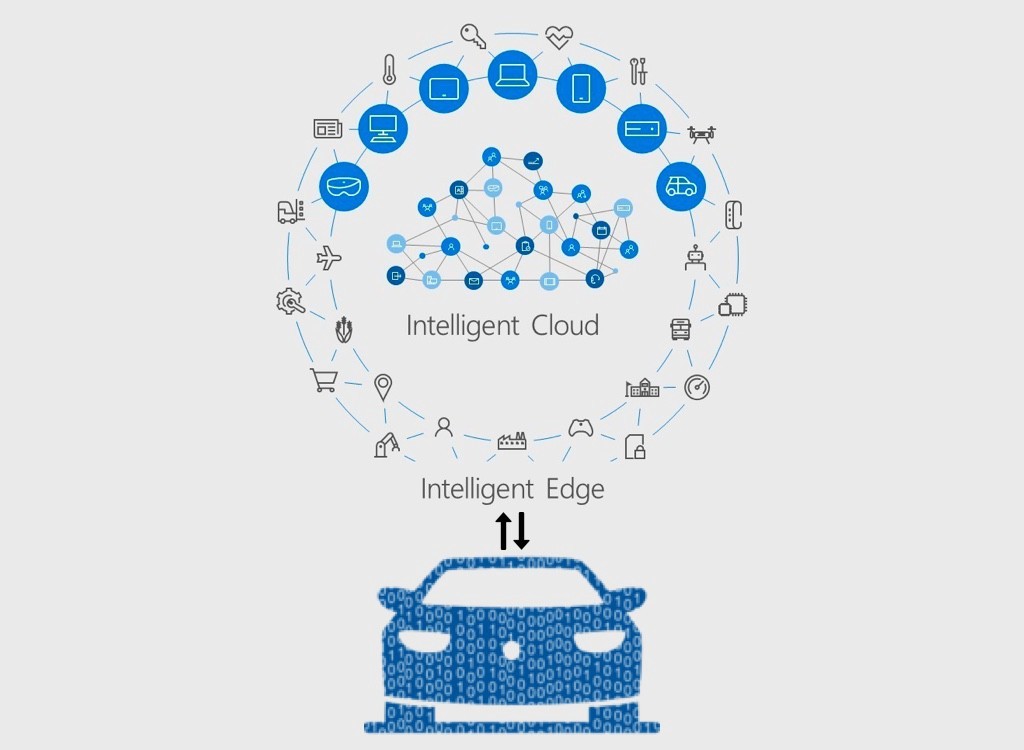
Cloud Data Processing
We now live in a cloud-centric consumer technology environment. Sensors, storage, and machine learning advancements are causing a computing shift from the cloud to the edge. We need to grasp three main themes that are allowing cloud platforms and their implications for the cloud:
- Real-world data: Self-driving cars will resemble gigantic computers that collect and analyze massive quantities of data rather than regular automobiles. Over 200 linked computers might be found within an autonomous car. These self-driving cars will rely on a multitude of sensors to gather data from their surroundings. Next-generation computer vision, in particular, will allow self-driving cars to collect real-world data on par with or better than people.
- Real-time decisions: V2V (vehicle to vehicle) and V2I (vehicle to infrastructure) are two communication technologies that will be utilized to improve safety in self-driving cars. These will necessitate communication systems capable of transmitting data rapidly, securely, and reliably.
Existing 4G LTE networks are enough for transmitting in-car entertainment and traffic data. The quantity of data created by self-driving automobiles will grow by orders of magnitude. The computer vision system alone in a self-driving car may create over 10 GB of data each mile. LTE networks aren't fast enough to transfer this much data to the cloud in real-time and process it. The next generation of mobile networks, known as 5G, may handle 5-10 GB per second of data. - Machine learning: Self-driving automobiles will capture huge amounts of unstructured data in the real world, such as photos and audio. The data-processing systems will need to be trained and modified on a regular basis. Machine learning algorithms will be required for autonomous vehicles to extract meaning from massive quantities of unstructured data. These algorithms will allow a self-driving automobile to avoid obstacles, traffic, and bad weather.
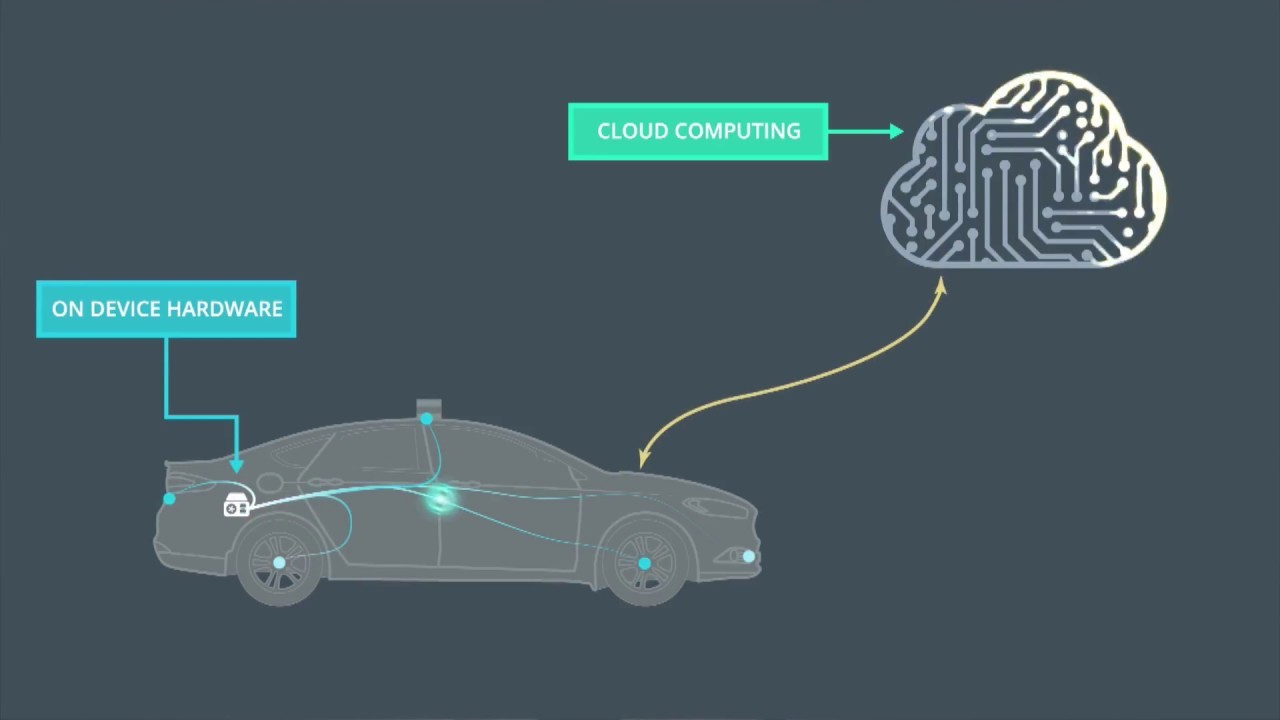
Infrastructure
Autonomous cars are portable systems, and autonomous driving clouds offer distributed computing, distributed storage, and heterogeneous computing. We can create a dependable, low-latency, high-throughput autonomous driving cloud by integrating the benefits of all three technologies.
Distributed Computing
The term distributed computing refers to a system in which several agents are connected and work together to achieve a common goal. Each node connects with one another via messages in order to accomplish a shared objective. The following are the features of cloud-based distributed computing:
- Concurrency: Parallel computing is enabled via concurrency, which allows each node to do distinct tasks or parts of the same job while sharing resources.
- Quality of service: this notion relates to the idea that the sensitivity of a certain type of communication is determined by the information delivered. For example, if you download a file, it may not matter if it takes a few seconds to complete. In a phone or video conversation, however, any delay might result in data loss, which can cause communication problems.
- Scalability: Any network must be constructed with the possibility of expansion in mind.
- Security: As the number of devices linked to the cloud grows, so does the amount of data that must be stored.
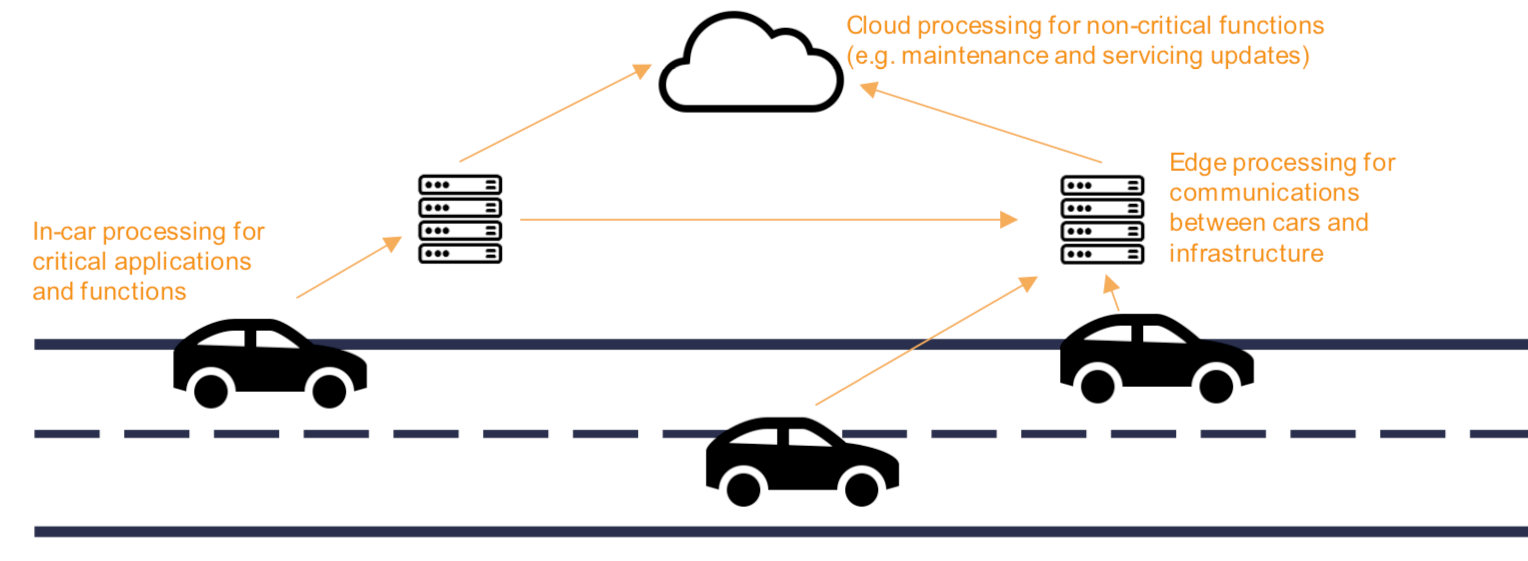
Distributed Storage
The quantity of data transmitted and received by autonomous cars' in-car infotainment and driving systems will be enormous. As a result of these criteria, the data storage sector must continue to advance at the same rate as the automobile industry.
Researchers are turning to integrated cloud storage to deal with the situation. Due to these increased needs, the concept of commonplace data centers is now becoming important to the way architecture is partitioned in the car. Although the data is faster, it must also be promptly available across all of the many sources that rely on it to function. It must be rapid and easy to use, with algorithms capable of swiftly transforming raw data into useful information.
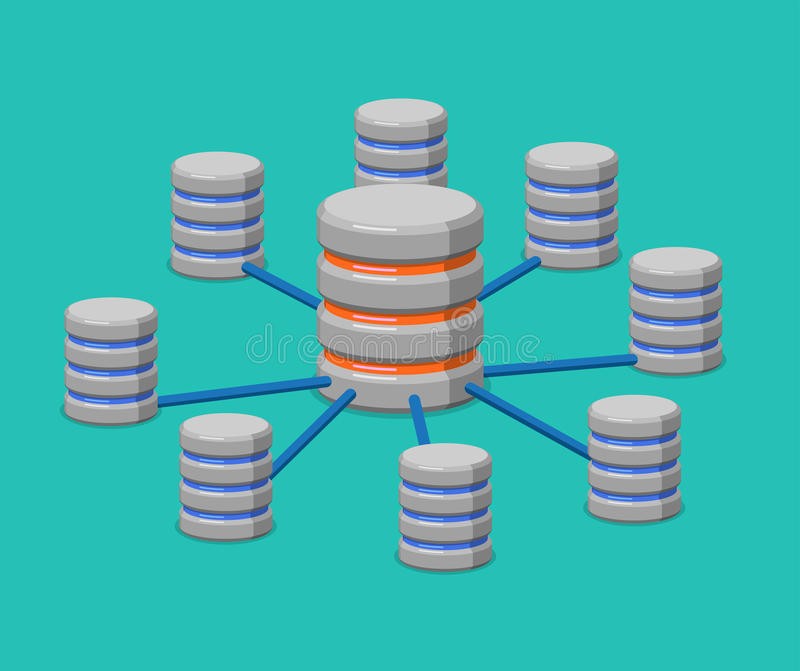
Heterogeneous Computing
Heterogeneous computing refers to the use of various types of processors in a scientific computing project, such as the graphics processing unit, the central processing unit. The goal is to boost performance by delegating various aspects of the work to specialist processors. Heterogeneous computing is a new technology with enormous promise in a variety of scientific and technical disciplines where large-scale processing is critical. Self-driving cars' performance and energy economy are substantially improved when heterogeneous computing substrates are used.
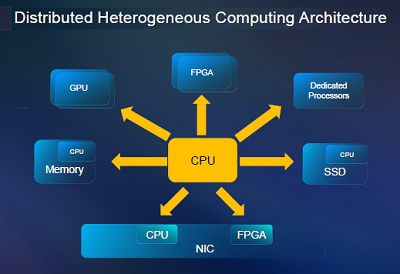
Conclusion
The self-driving cloud system is a critical component of the technological stack for autonomous vehicles. Cloud computing is spreading into the automotive Internet of Things business, resulting in the development of parts for self-driving cars.
Thank you for reading this article. hope the lesson helped you understand the ideas of cloud platforms for self-driving cars. Please let us know if you have any queries regarding the tutorial in the comments. Any idea to improve things will be gratefully accepted.